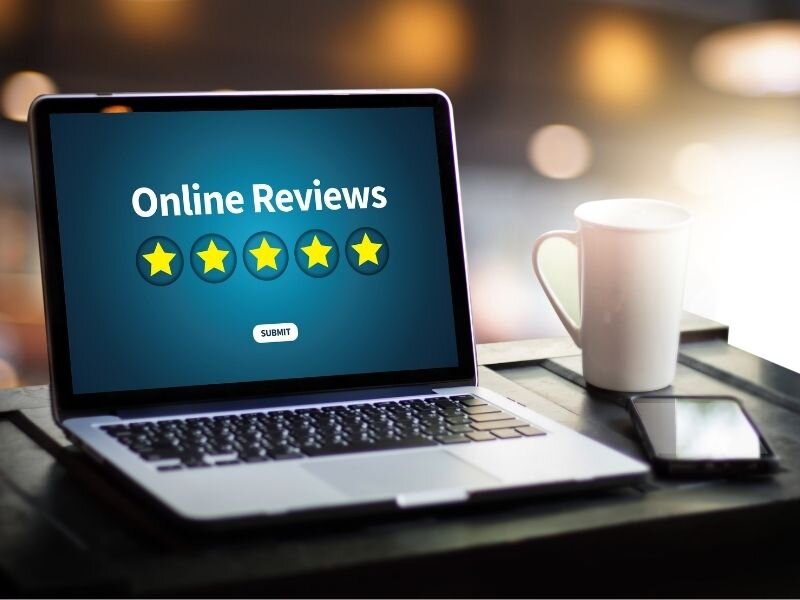How to Convert Website Visitors into Paying Customers
You’ve researched your keywords, written great content, and people are flowing to your website, but how do you start converting website visitors into customers? Good SEO is the first step in your customer journey, but your prospects may not be ready to buy from you just because they landed on your website.
SEO is only part of your marketing strategy.
A successful marketing strategy:
Is multifaceted with a variety of ways to catch people’s attention.
Anticipates and answers their questions.
Builds trust.
Gives them opportunities to make a purchase when they’re ready.
Search may be the first step in your plan, and here are the most important steps to keep people on your site and encourage them to take the next step.
Converting Website Visitors into Customers Takes Planning
Specifically, it means planning your customer journey. What steps and information do your customers need to go from discovering you to considering your service and finally to purchasing?
Put yourself in your customers’ shoes. You land on the home page, and then what? Define the very next action you want them to take.
Is it to learn more about your services? To look at a menu? To read your latest case study or download a free offering? Is the next step to call you to book an appointment? Make sure these options are clear and easy to find.
Unless your customer has an immediate need (they need a plumber right now), they are going to do some investigating on your site. Make sure it’s easy for them to take the next step to discover who you are, and you’ll be converting website visitors to customers in no time.
Use Your Customers’ Language
When people land on your website after finding you in a search, they are thinking about their problems or wants, their needs, and how they are feeling. Your website content should reflect your customers’ words and feelings. People make decisions emotionally and then use rationale to justify those emotions.
As a business owner, we feel like we need to make the case that we have the most experience and we’re the most qualified. That kind of language should be reserved for later, for the decision stage of the customer journey.
If you’re serious about converting website visitors into customers, make sure the first words they read show you know exactly how they feel and understand their problem or desire. Make your website visitors feel seen and heard before you launch into why you’re proud of your business.
You have 15 seconds to capture a visitor’s attention. Your visitors don’t care how many years you’ve been serving the community, they want to know if you understand their problem or need and how you can help them.
Convert Website Visitors to Customers with Social Proof
In 2017 the Edelman Trust Barometer found that trust in family, friends, and “people like me” was rapidly increasing, while trust in brands and businesses was decreasing. That trend has only continued.
Social proof like testimonials and case studies from customers are key to building trust and converting your website visitors. Feature testimonials from customers on your home page and sales pages. Make sure to put case studies or customer feedback pages in easy to find spots in your navigation.
You can pull google reviews into your online menu or as part of your product pages. Get creative in sharing feedback. It’s the fastest way to build trust with potential customers and start converting website visitors before they bounce off your page.
Your marketing strategy should always have a path forward for customers, no matter where they are in the buying process. Make it easy for people to take the next step, whether that’s to find more information, download a guide to join your email list, ask a question through chat, or make a purchase.
While SEO is an important first step, converting website visitors to customers can take more than clicking over to your page. If you set up a clear pathway, you’ll increase your website conversions and make more sales to qualified customers.
Katie Smith is the Fractional CMO and Marketing Strategist behind Wild Path Consulting. Based in Livingston, Montana, she approaches marketing strategy from a wilderness guide’s perspective and lives by the motto “customer first, always.” When she’s not building dynamic marketing foundations for businesses, you’ll find her hiking, running, and skiing in the mountains.




